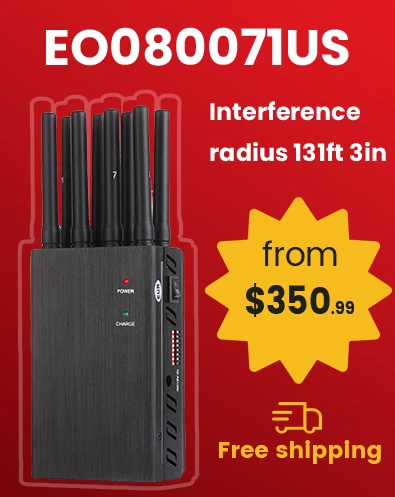Movistar is the largest telecommunications operator in Spain and is a brand name of the Spanish telecommunications company Telefónica (including Mexico, Argentina, Colombia, Chile, etc.). Movistar has a strong brand influence in the Latin American market and is a leader in many countries.
Movistar main operating frequencies (Spain):
- 2G / GSM: 900 MHz and 1800 MHz (These frequencies are used for 2G networks, providing basic voice communications and low-speed data services).
- 3G / UMTS: 2100 MHz (Movistar's 3G network mainly uses the 2100 MHz band, which is one of the most widely used bands in the world. 3G networks provide higher data transmission speeds and support higher quality voice and data services.).
- 4G / LTE: 800 MHz, 1800 MHz, 2600 MHz
- 5G :
- 700 MHz (low band): It is the basic frequency band of 5G network, with long propagation distance and strong penetration ability, suitable for providing wide 5G coverage.
- 3.5 GHz (mid-band): It is used to provide 5G high-speed data services, supports higher bandwidth and lower latency, and is suitable for providing 5G coverage in densely populated urban areas.
- 26 GHz (high band): It is mainly used to provide ultra-high-speed 5G data transmission and is suitable for high-capacity scenarios, but its coverage is small and is usually suitable for local hot spots such as large stadiums or shopping malls.







